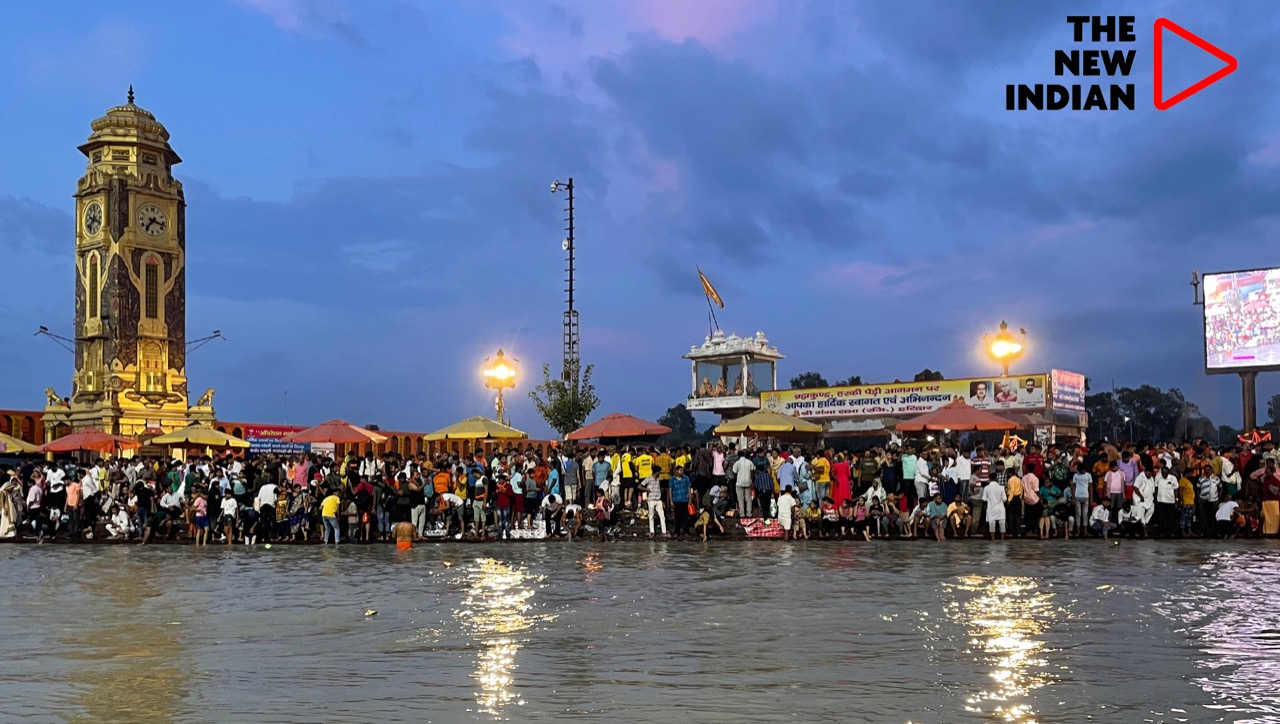DEHRADUN: ‘Haridwar Darshan’ pod taxi transport system, covering the key cities of Haridwar-Rishikesh-Dehradun by the Uttarakhand Metro Rail Corporation (UKMRC), will be India’s first such transport system, officials told The New Indian.
Jitendra Tyagi, managing director of the UKMRC, said, “The project has been approved by the UKMRC board and the proposal is in the process of approval from the state government of Uttarakhand. The system will be India’s first such public transport system.”
“Haridwar has important pilgrim places namely Mansa Devi Temple, Chandi Devi Temple, Bharat Mata Temple, Daksh Temple, Har-Ki-Pauri, Daksh Temple, Maya Devi Temple along with many others. To connect all these places with some modern, green and state-of-the-art transport system, we aim to provide a world-class transport system to our pilgrims,” added the MD of the UKMRC.
These pod taxis will be driverless, running on an elevated route. Passengers will push the buttons for their destinations where these pod taxis will stop at the designated spots for the passengers to alight or board the taxi, the official said.
“Such systems are known as Personal Rapid Transport (PRT) systems. They are not only eco-friendly, but also cut travel time. They can also help in solving the traffic congestion in the state, which attracts a lot of tourists throughout the year,” the officials added.
Personal rapid transit (PRT) is also known as pod cars, guided taxis or rail taxis. They are a mode of public transport featuring small automated vehicles operating on a network of specially built guideways called automated guideway transit (AGT).
“Only five such transportation systems are functional at present across the world,” Tyagi pointed out.
A kind of Mass Rapid Transit system (MRTS), the project worth ₹1593 crore, has been conceived in the ‘Comprehensive Mobility Plan (CMP)’ for the Haridwar-Rishikesh-Dehradun Metropolitan area.
With an operational speed of about 90 kilometres per hour, the project will have a total of 514 pods, each having a carrying capacity of six passengers. The project is scheduled to be completed by 2025.
According to estimates, the system will have a Peak Hour Peak Direction Traffic (PHPDT) demand of 1819 passengers against a capacity of 3084. The PHPTD demand entails several passengers travelling from one direction to another in one hour at the peak hours of traffic.
The project is proposed to be implemented on a PPP (Public Private Partnership) DBFOT (Design, Build, Finance, Operate and Transfer) model.
The Indian Ministry of Railways (MOR) issued a model concession agreement for the development of railway projects based on this model. In this model, the private firm will be responsible for financing, designing, building, operating and maintaining the entire project with a concession period of 30 years.

